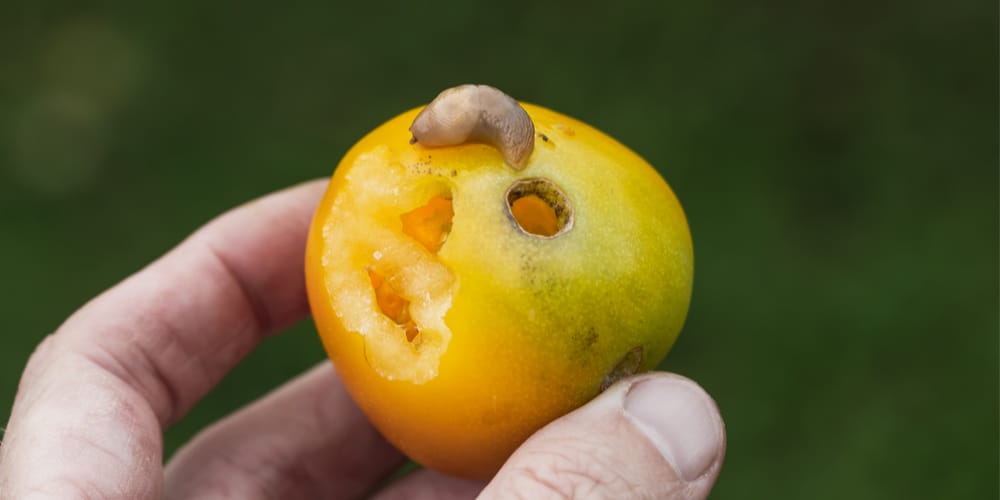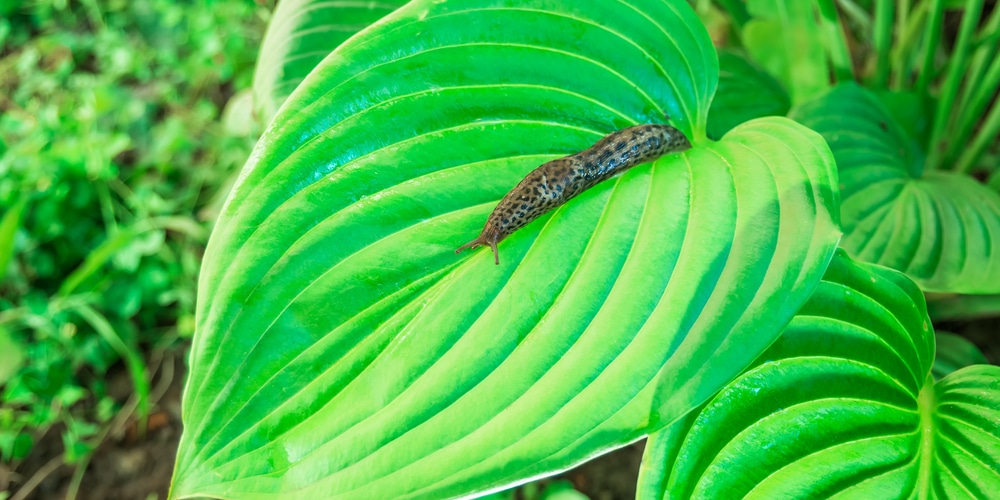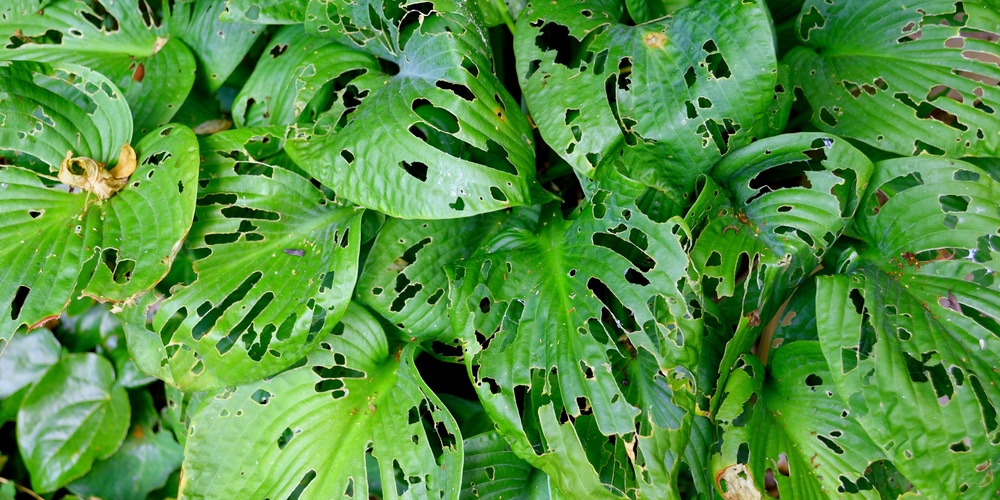While slugs are not the scariest or the most dangerous pests you may encounter in your home or in the garden, they can certainly be annoying. Not only do these mollusks invade and munch your garden’s tastiest, tenderest plants, but they also leave mucky trails behind them. That’s why no one would want their uninvited visits. But where do slugs come from?

Waking up to a lovely morning only to discover a slug in your house can be disturbing and leave you wondering, where do slugs come from? Well, slugs are nocturnal creatures, meaning they come out at night.
During the day, they often hide in moist and dark places in your garden. You may be able to find exactly where slugs come from by following the telltale slimy trails they leave behind them.
If slugs are invading your home or eating your precious garden plants, you need to find ways of getting rid of them. Because they usually come out at night, you will first want to know where they come from. Read on to find out where slugs come from, and how to get rid of them.
Where do slugs come from?
Slugs seem to appear from nowhere, right? That’s not true.
Slugs are soft-bodied animals that immensely rely on moisture to survive. Because they do not have protective shells like snails, their bodies can dry out quickly if they remain active without moisture to support them. This is a very important aspect to consider when looking for slugs.
Well, when it comes to where slugs come from at night, all you need to know is that slugs prefer cool, dark, moist places. This means slugs can come from any damp, moist site in your yard.
Thankfully, even if you have more than one place in your yard that is damp and moist, slugs haven’t mastered the art of hiding. Regardless of where they go, slugs leave slime trails, making it easy to trace and identify where they are hiding.
To identify where slugs usually hide, start at your damaged plants and trace their mucky trails. You will likely find these destructive critters hiding underneath plant pots, rocks, dead leaves, mulch, firewood piles, boards, or any other dark and damp spot.
Since slugs are nocturnal, they will come out of their hiding spots to eat your plants at night.
How to get rid of slugs
Slugs are harmless and pose little to no threat to humans, but they are a real nuisance. They keep returning to the garden to eat plants.
When it comes to eliminating slugs, the most important thing is to identify where they live. Well, slugs prefer cool, moist places in your garden or yard. Because your lawn and plants need water to survive, you will likely have plenty of spots in your lawn offering favorable conditions for their survival.
Here are tips and ways to eliminate slugs.
Find and kill them
If you are not squeamish, you can kill slugs by yourself. Finding and killing slugs is a quick way to get rid of them; you only need a sharp stick. Pole the stick into them and drop them into a bucket of water.
Use salt
Salt is easily accessible and affordable. When you find slugs, sprinkle salt on them; they will die in a few minutes. Course salt works best.
Encourage the presence of slug predators
Predators have many enemies, including chickens, ducks, snakes, toads, firefly larvae, frogs, songbirds, and ground beetles. Attracting these animals that feed on slugs can help eliminate them naturally.
Use slippery barriers
Slippery barriers work best for potted plants. You can spray a slippery substance outside your plant pots to keep slugs from scaling. Ultimately, this will result in them lacking food and potentially dying or migrating.
Grow plants that slugs don’t like
While slugs are considered non-selective pests, there are some plants that may keep them away. To keep these pesky critters away without hurting them, consider growing plants like fennel, rosemary, wormwood, rue, and anise.
Where do slugs come from: Conclusion
Slugs are easy to identify but hard to find. However, because they love dark, damp, and moist places and leave a trail behind them, you can always trace their train to find them.
If you are having a challenge finding where slugs come from, you can create conditions that favor their survival near the plants they attack to lure them into hiding there so that you can find them easily.
Related Article: What is Most Likely Eating My Lilies?

